Abstract
The Medical Research Council has for some years encouraged collaborative clinical trials in leukaemia and other cancers, reporting the results in the medical literature. One unreported result which deserves such publication is the development of the expertise to design and analyse such trials. This report was prepared by a group of British and American statisticians, but it is intended for people without any statistical expertise. Part I, which appears in this issue, discusses the design of such trials; Part II, which will appear separately in the January 1977 issue of the Journal, gives full instructions for the statistical analysis of such trials by means of life tables and the logrank test, including a worked example, and discusses the interpretation of trial results, including brief reports of 2 particular trials. Both parts of this report are relevant to all clinical trials which study time to death, and wound be equally relevant to clinical trials which study time to other particular classes of untoward event: first stroke, perhaps, or first relapse, metastasis, disease recurrence, thrombosis, transplant rejection, or death from a particular cause. Part I, in this issue, collects together ideas that have mostly already appeared in the medical literature, but Part II, next month, is the first simple account yet published for non-statistical physicians of how to analyse efficiently data from clinical trials of survival duration. Such trials include the majority of all clinical trials of cancer therapy; in cancer trials,however, it may be preferable to use these statistical methods to study time to local recurrence of tumour, or to study time to detectable metastatic spread, in addition to studying total survival. Solid tumours can be staged at diagnosis; if this, or any other available information in some other disease is an important determinant of outcome, it can be used to make the overall logrank test for the whole heterogeneous trial population more sensitive, and more intuitively satisfactory, for it will then only be necessary to compare like with like, and not, by chance, Stage I with Stage III.
Full text
PDF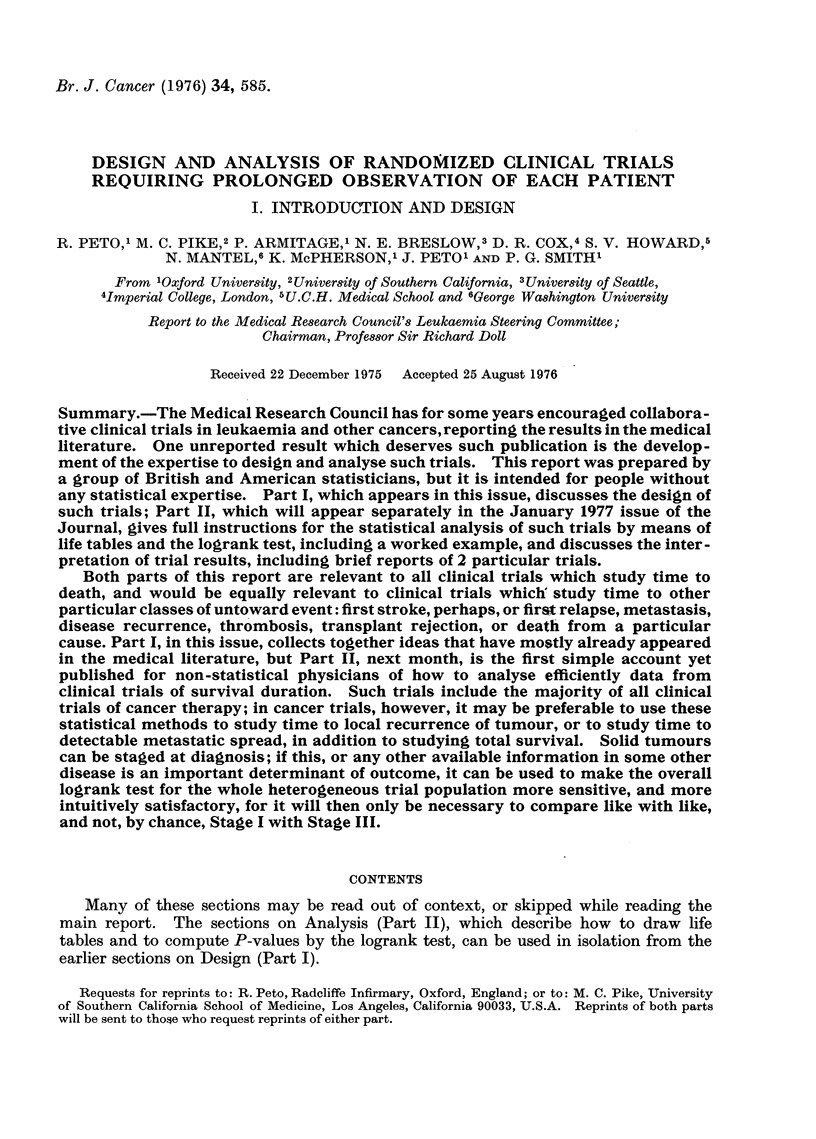
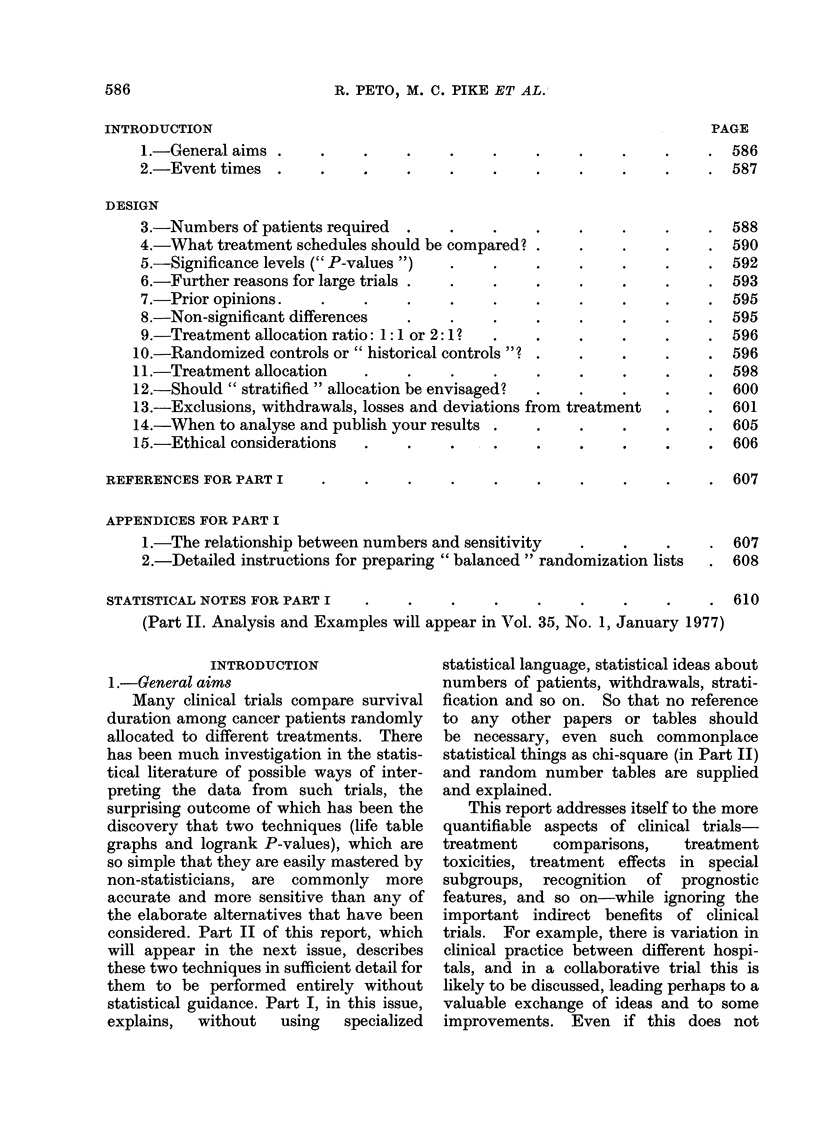
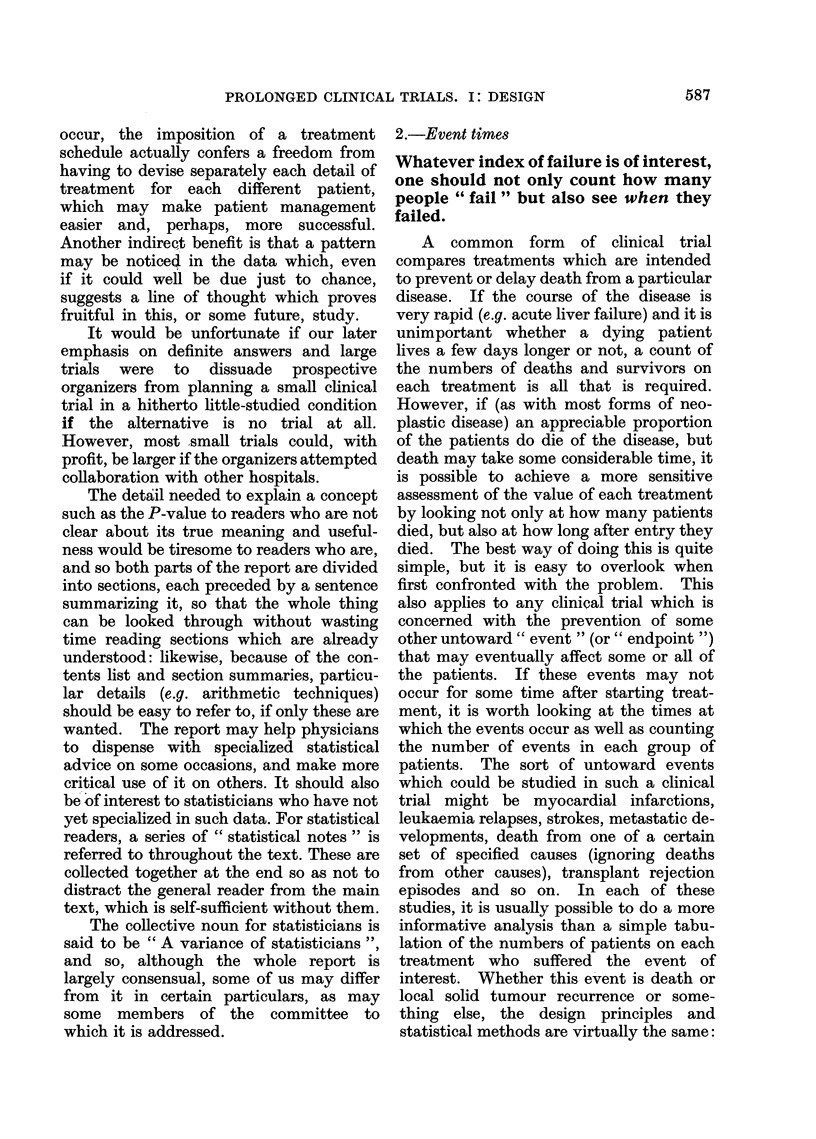
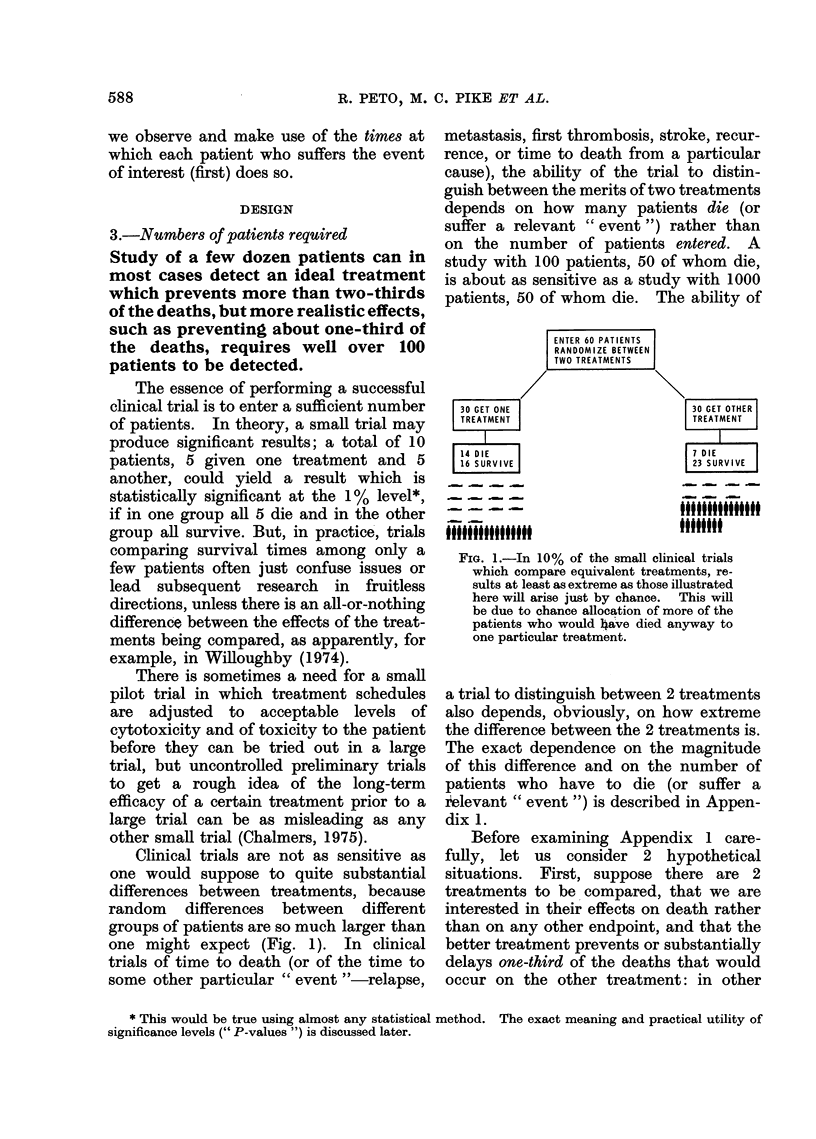
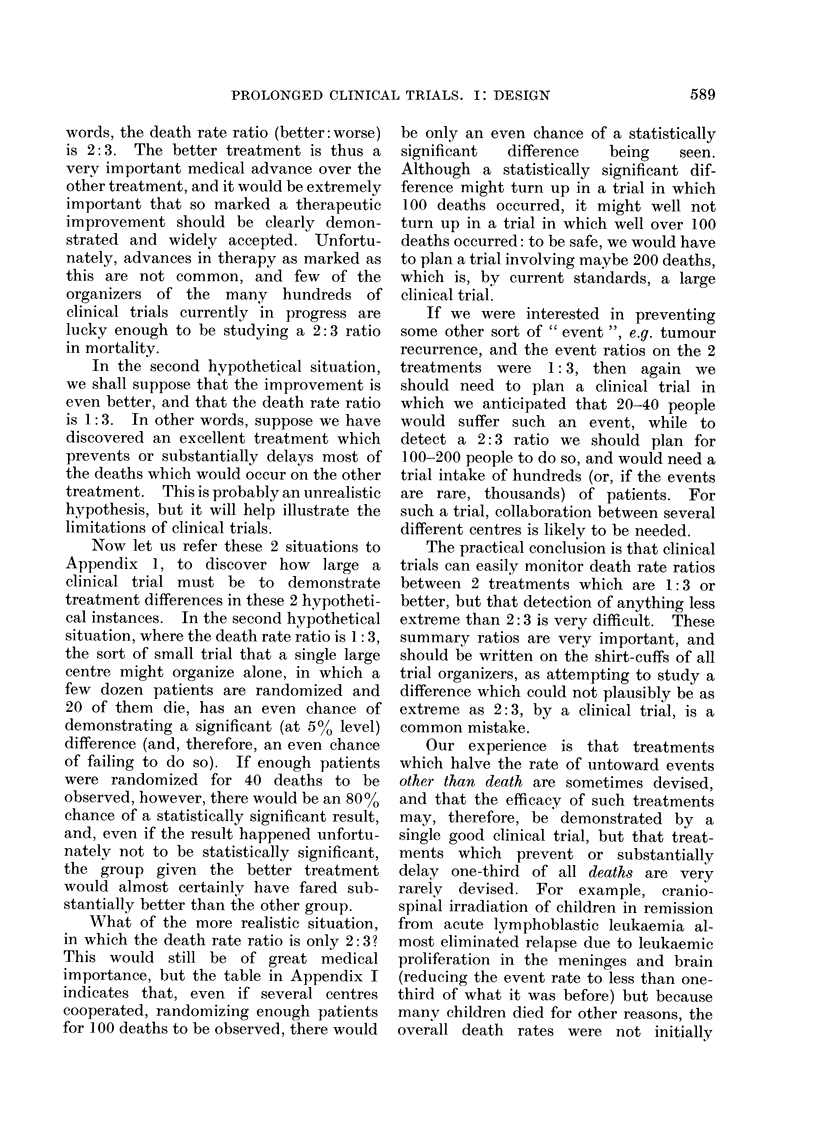
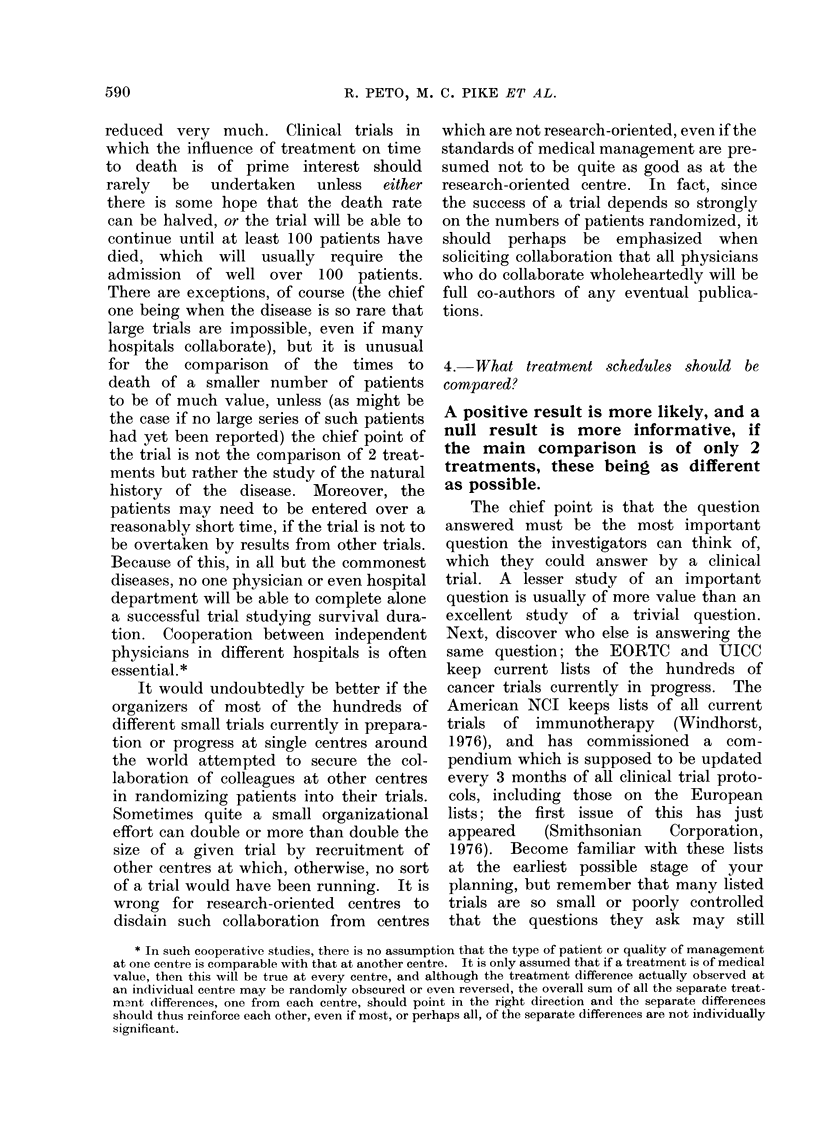

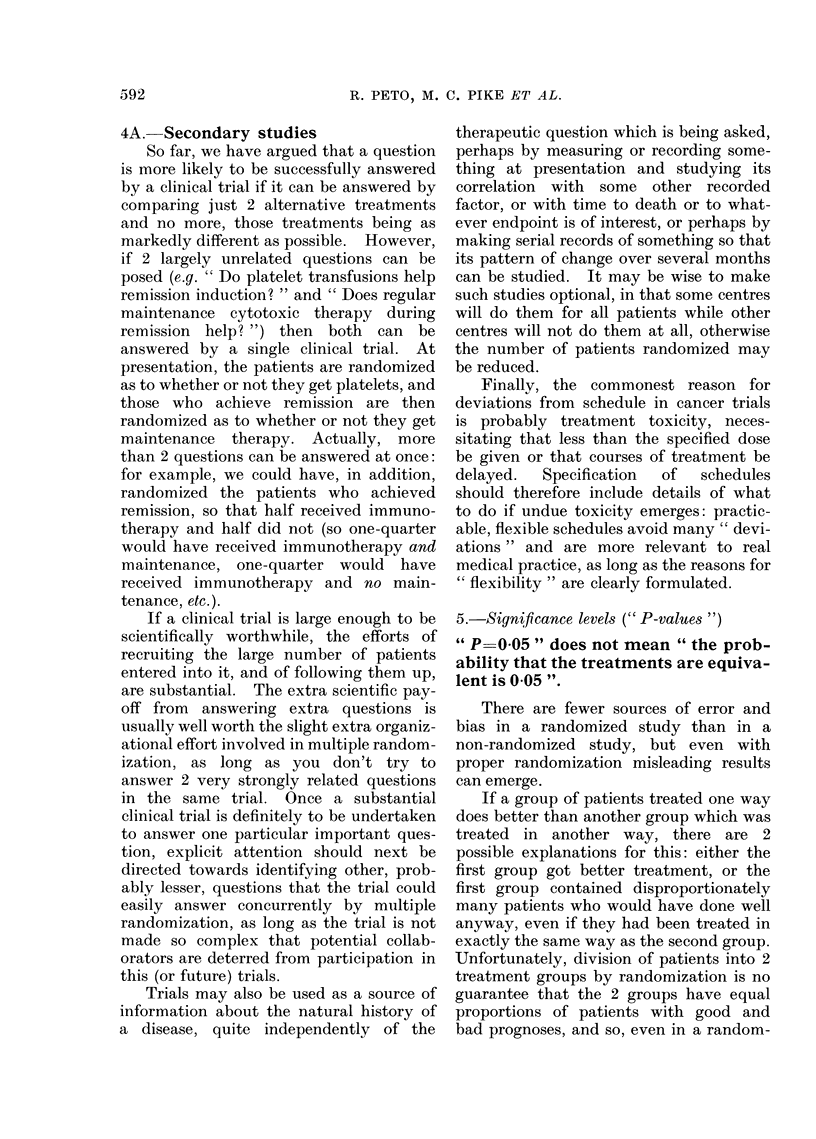
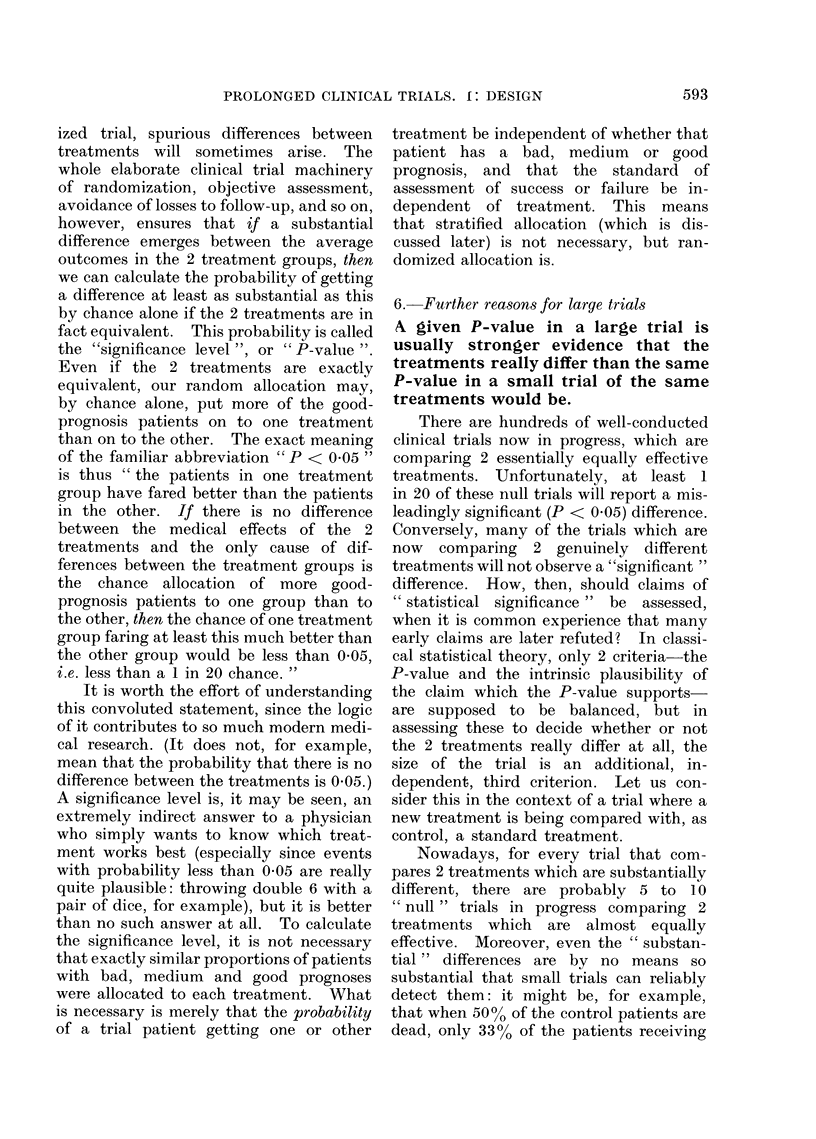
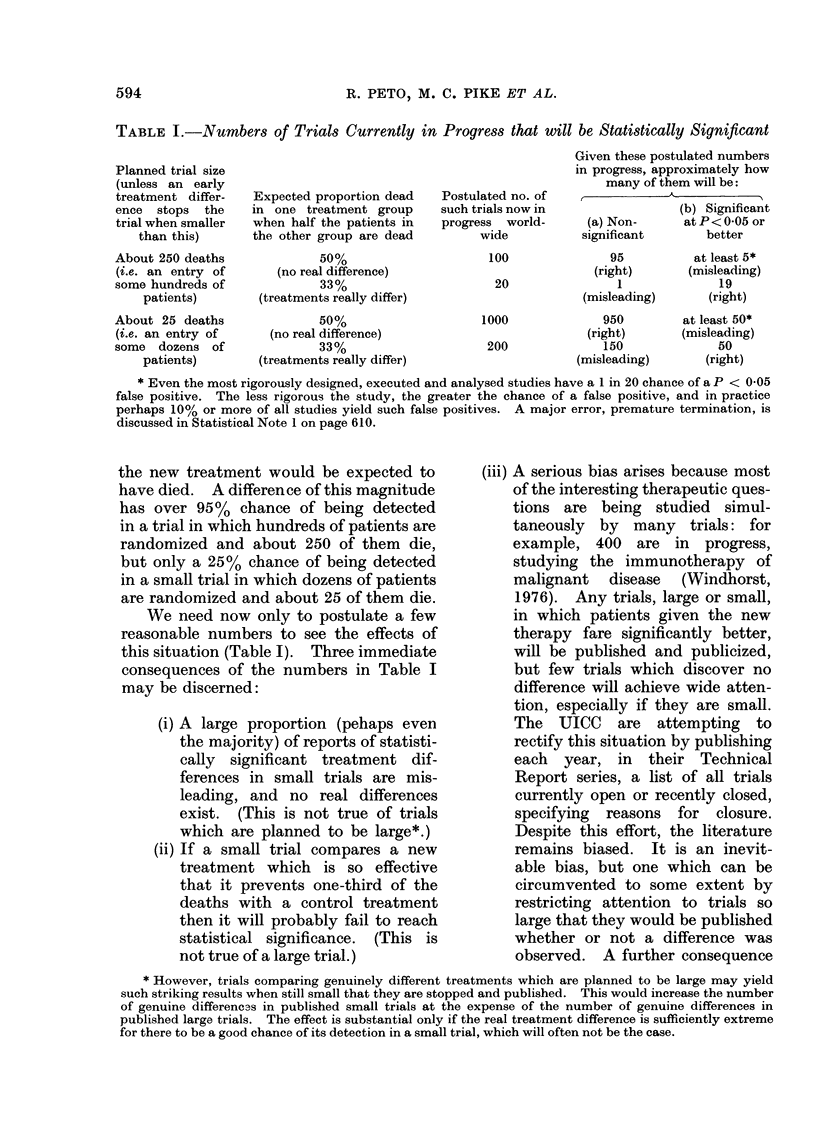
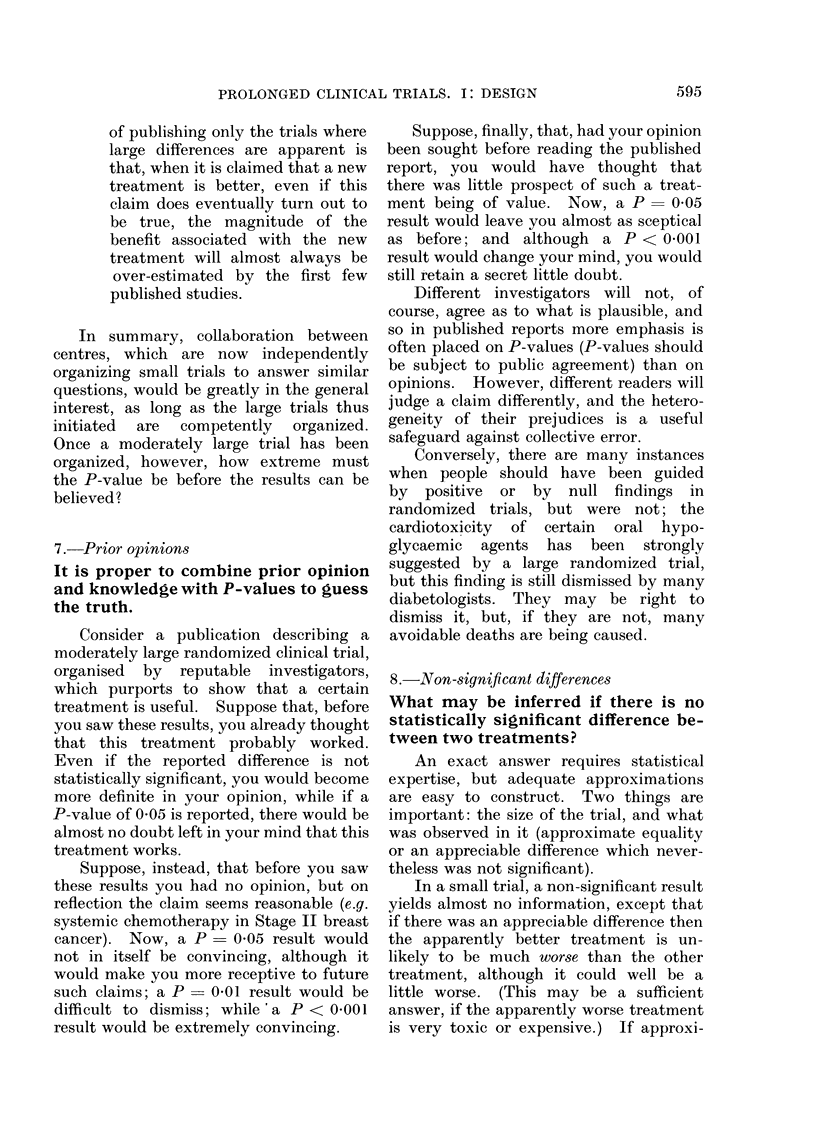
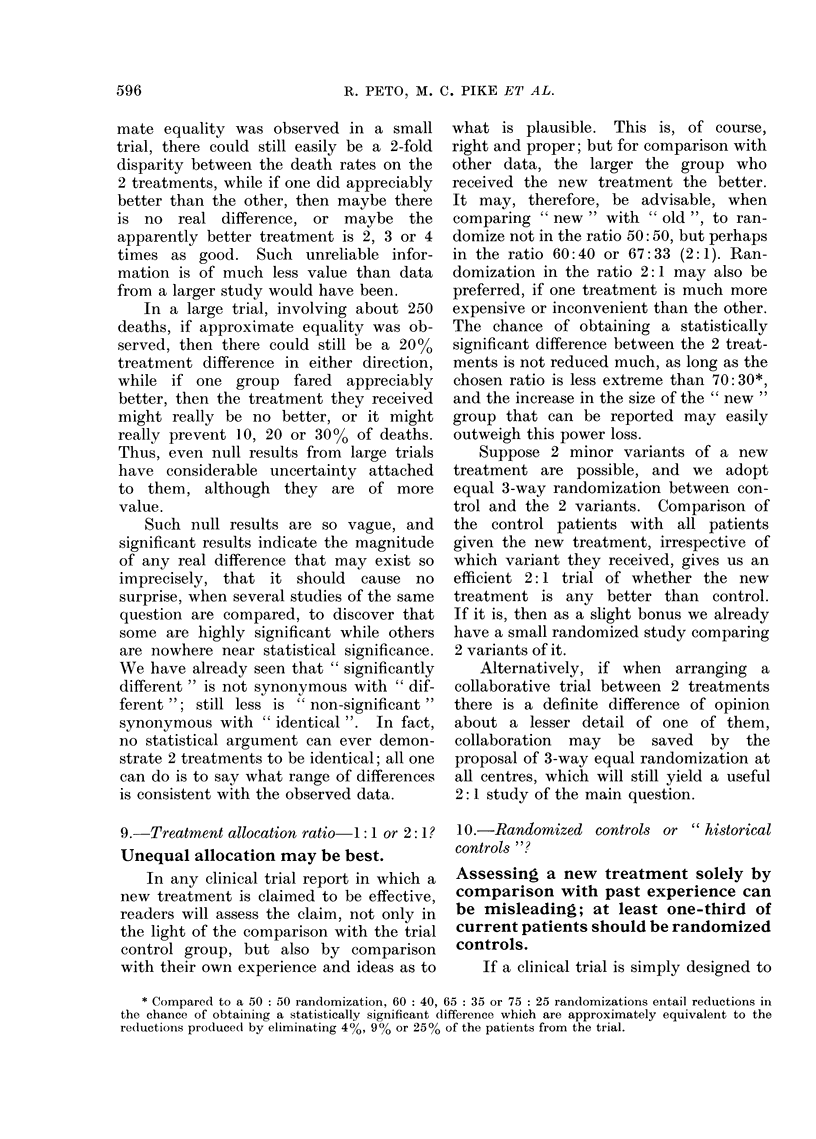
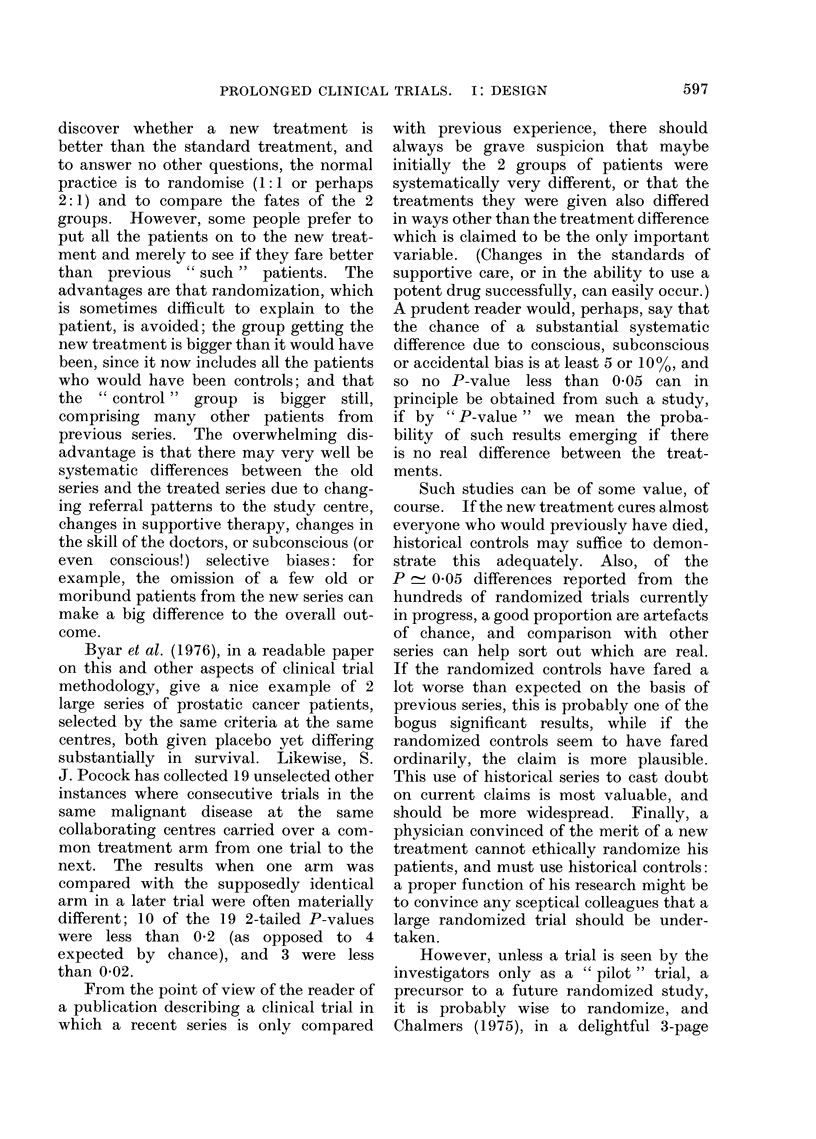
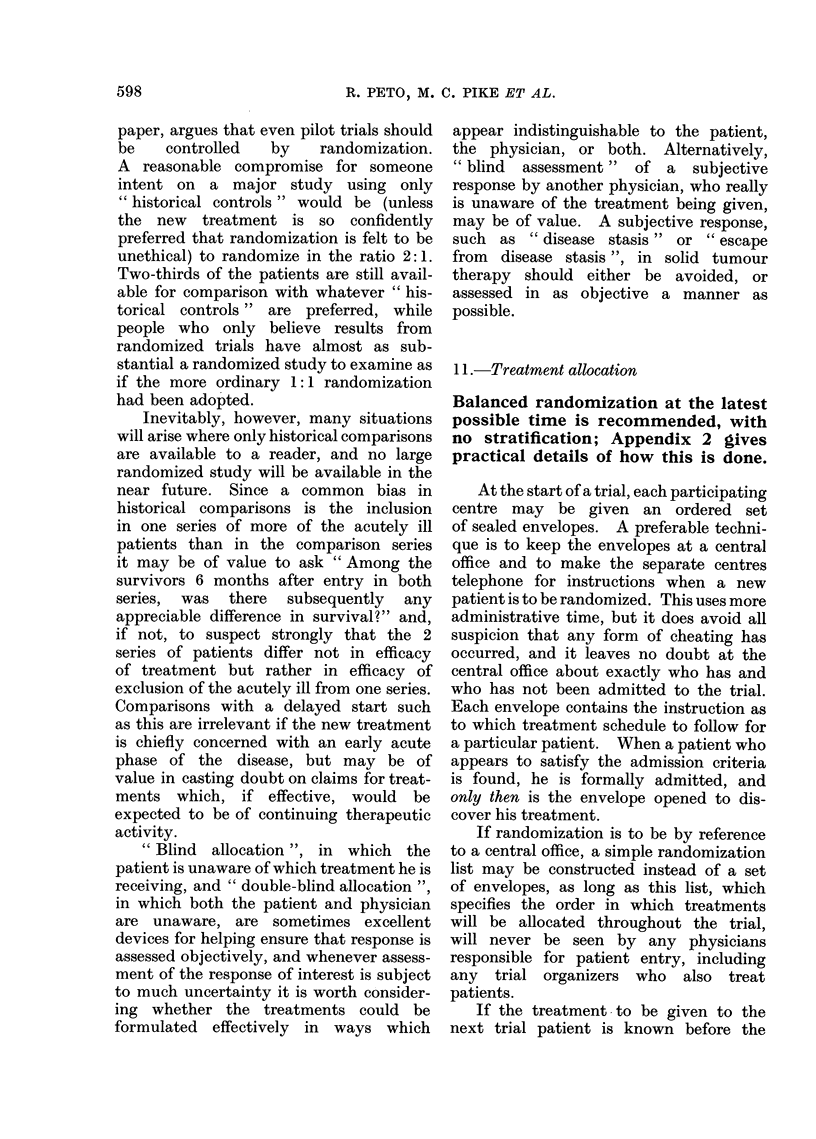
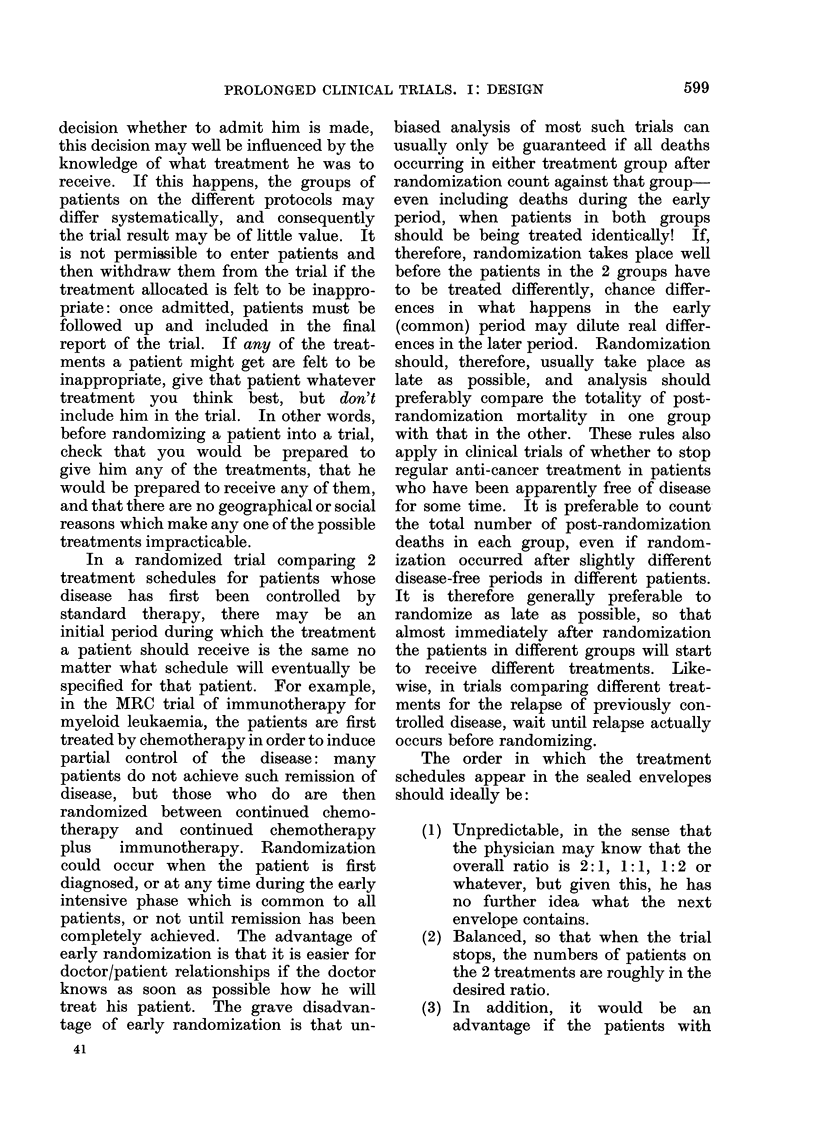
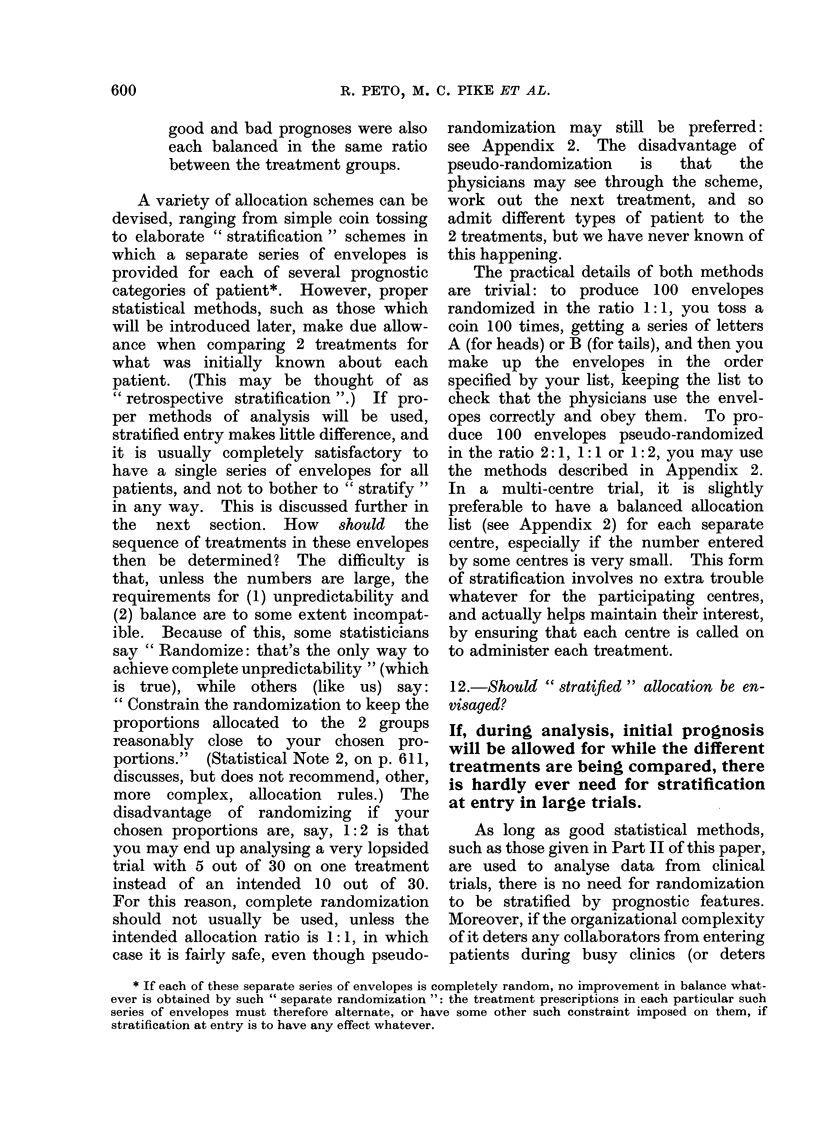
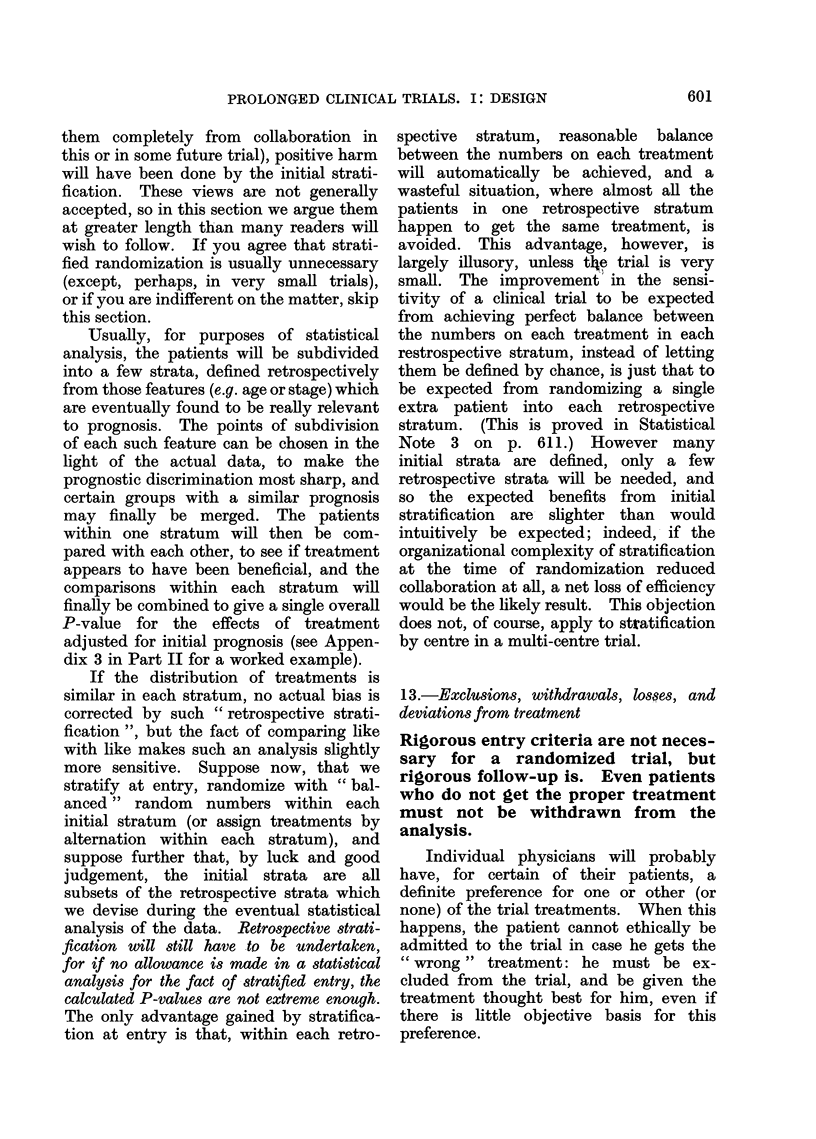
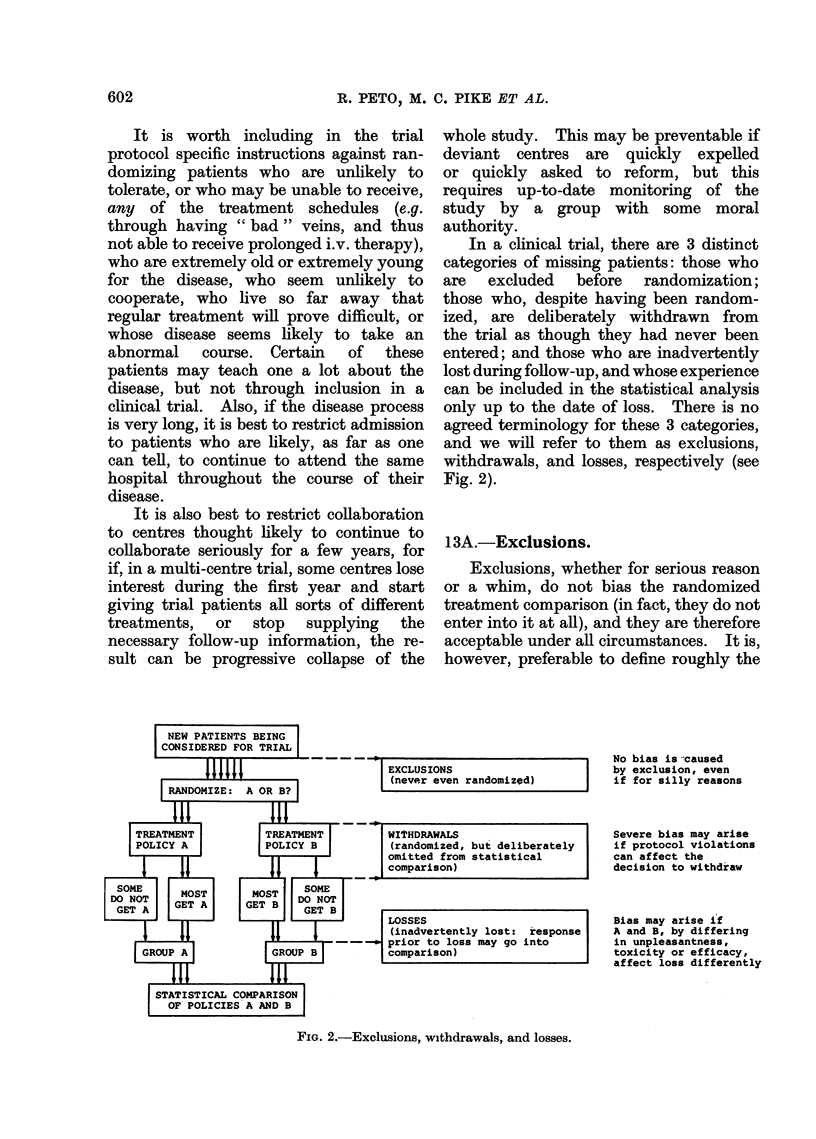
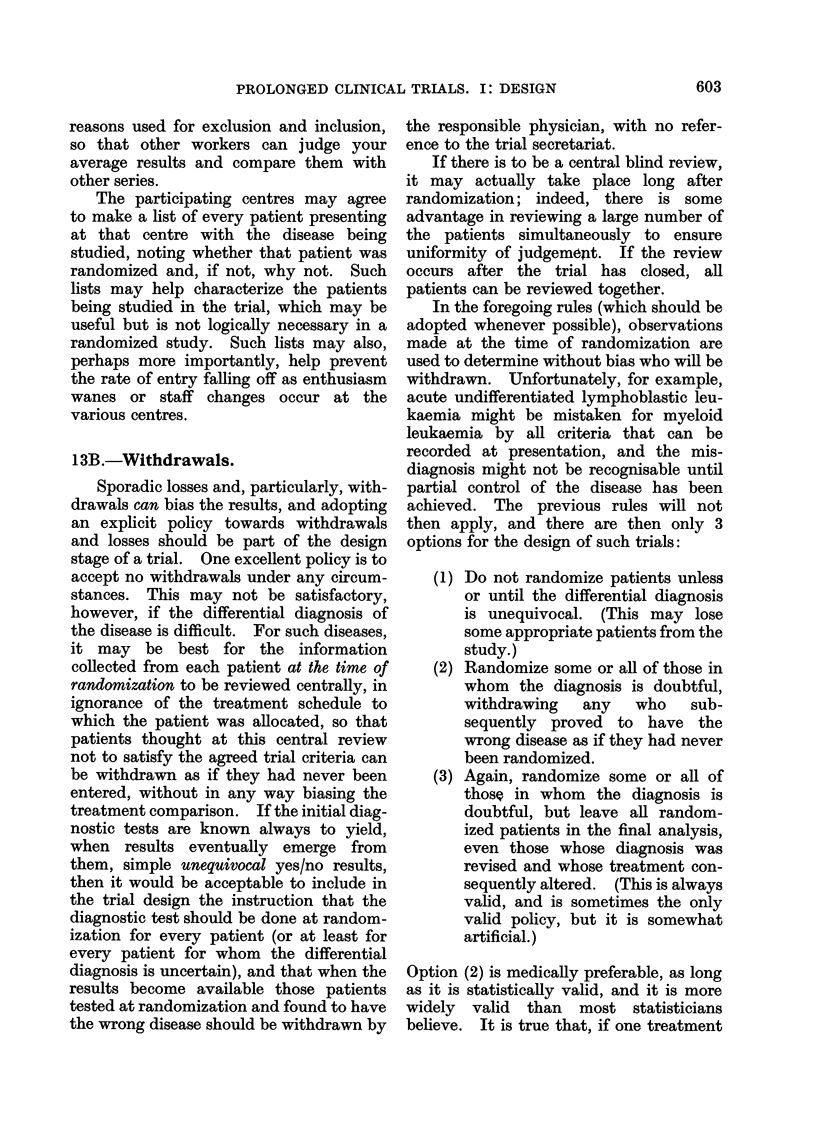
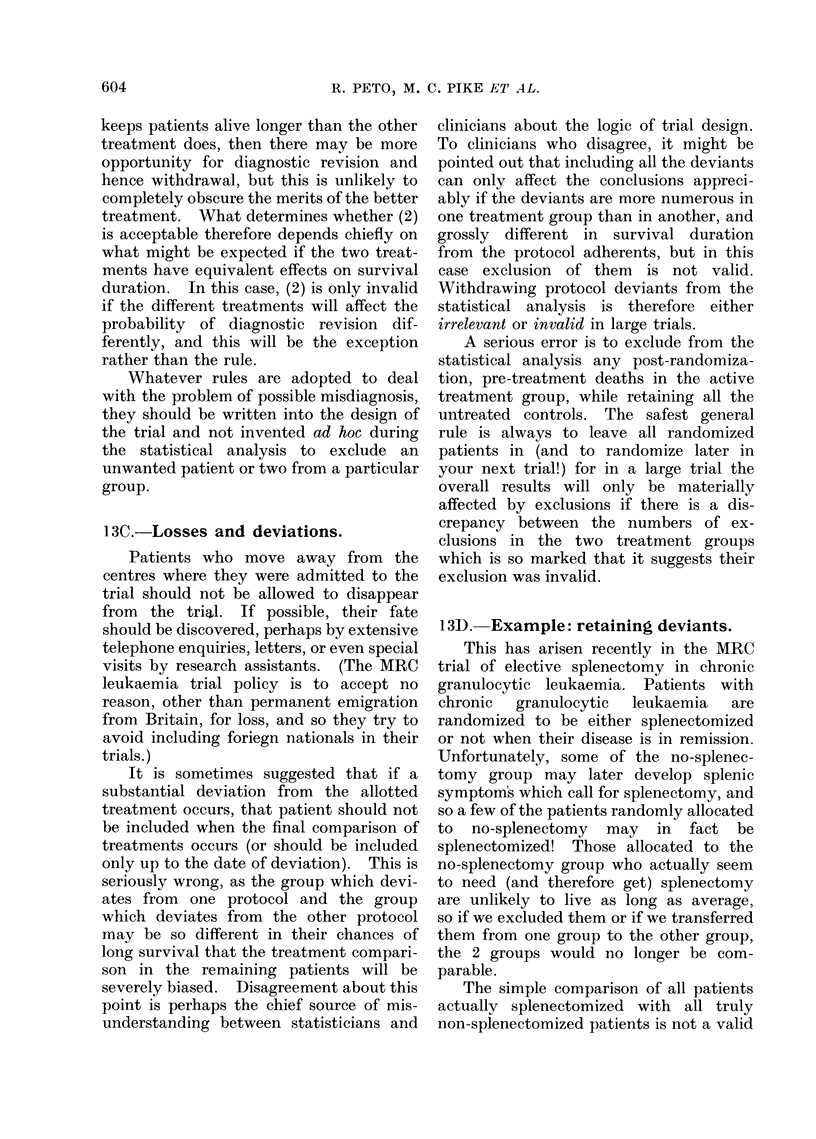
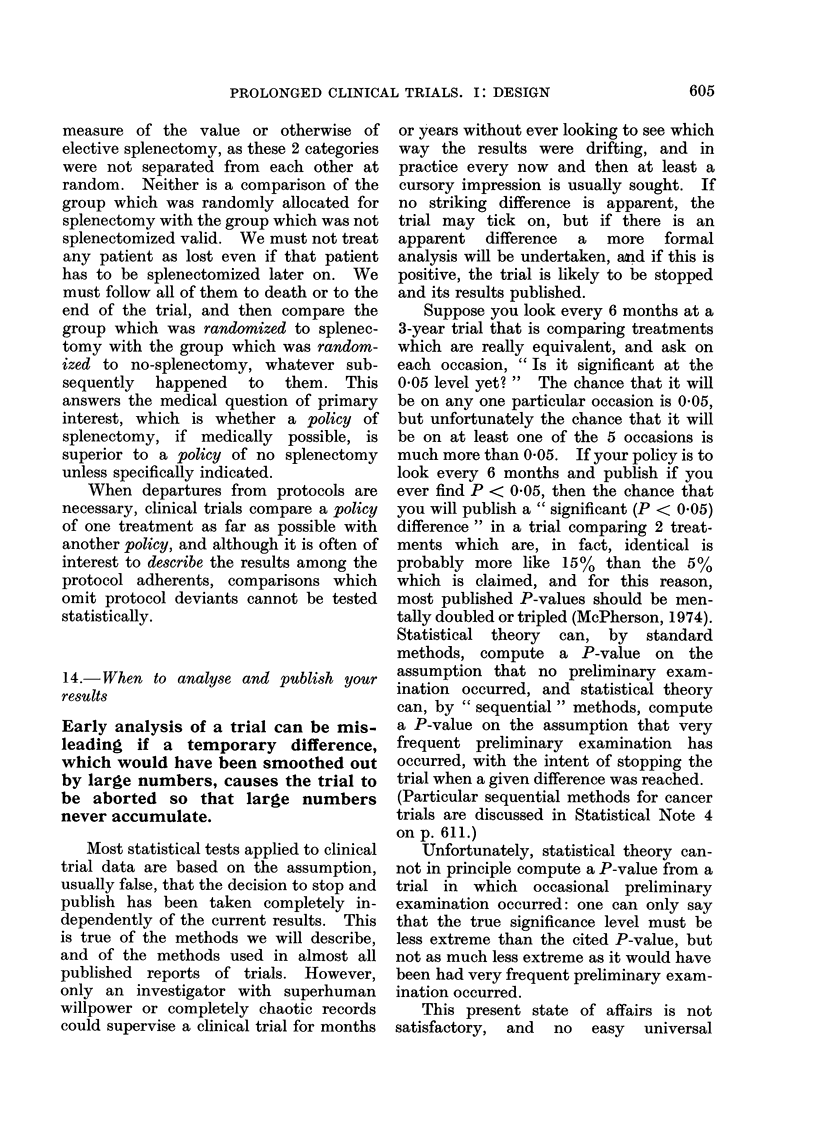
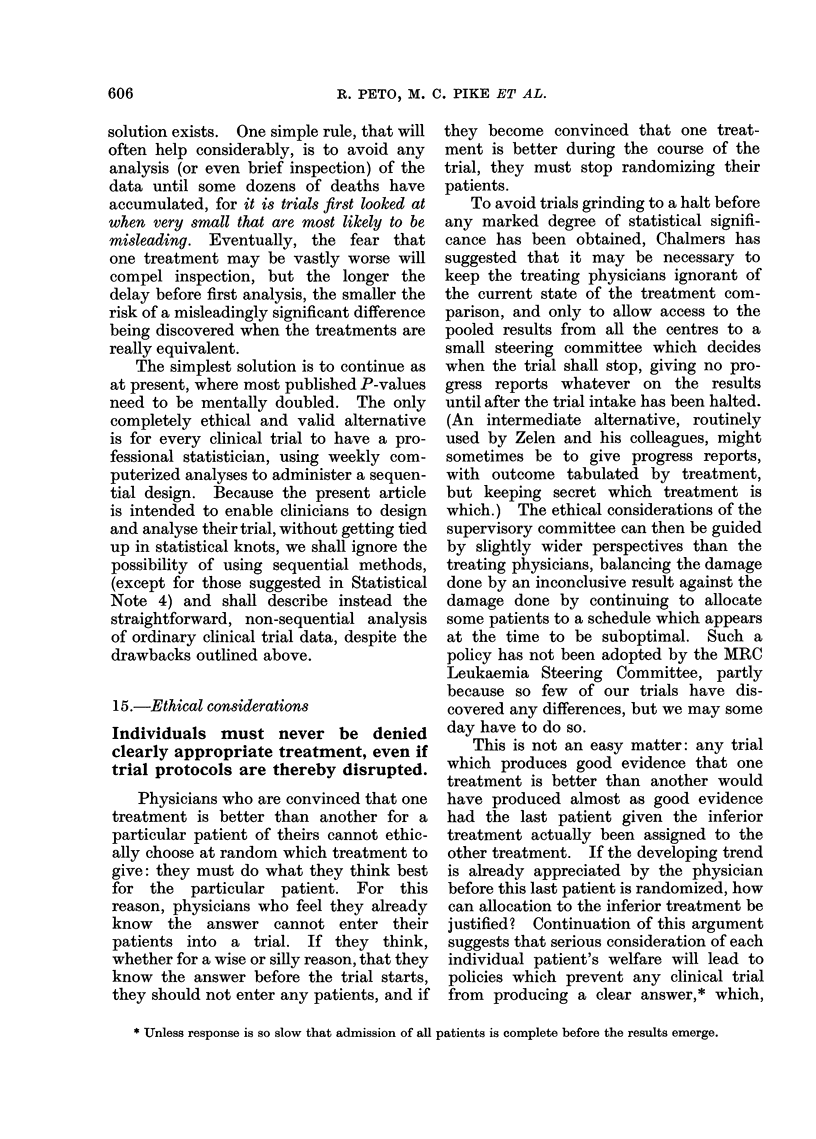
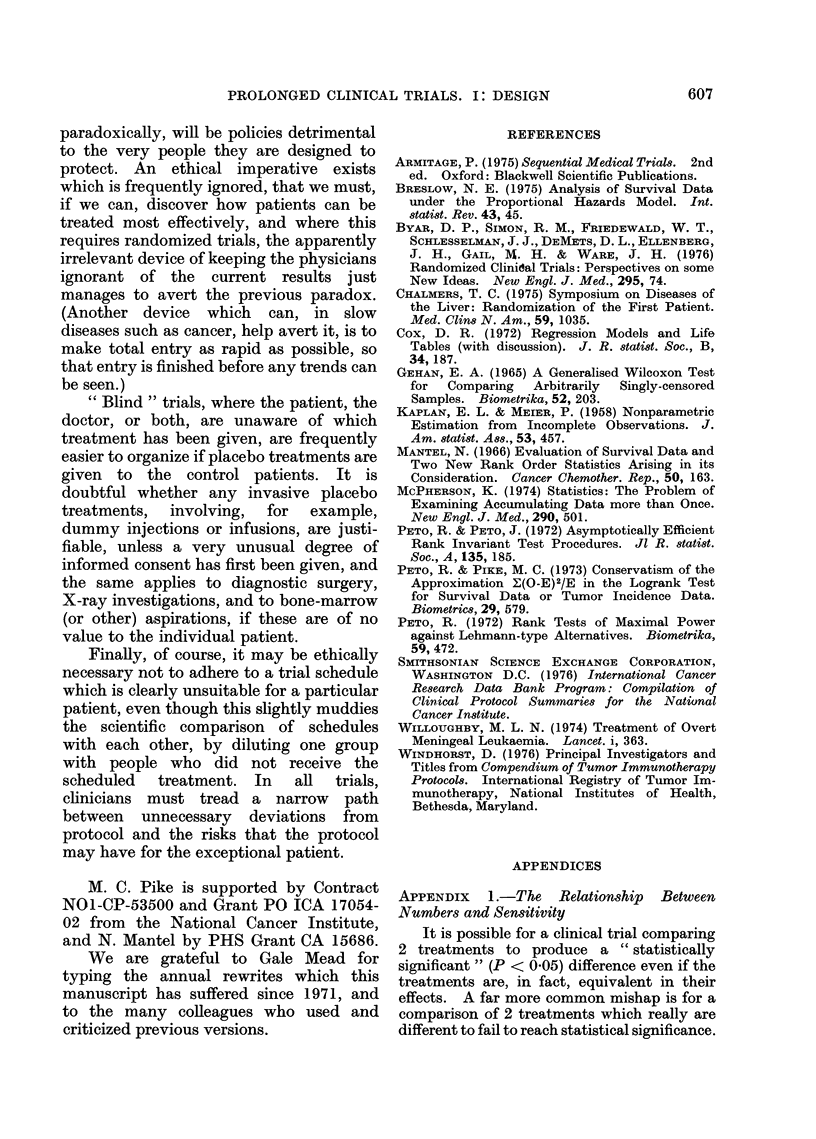
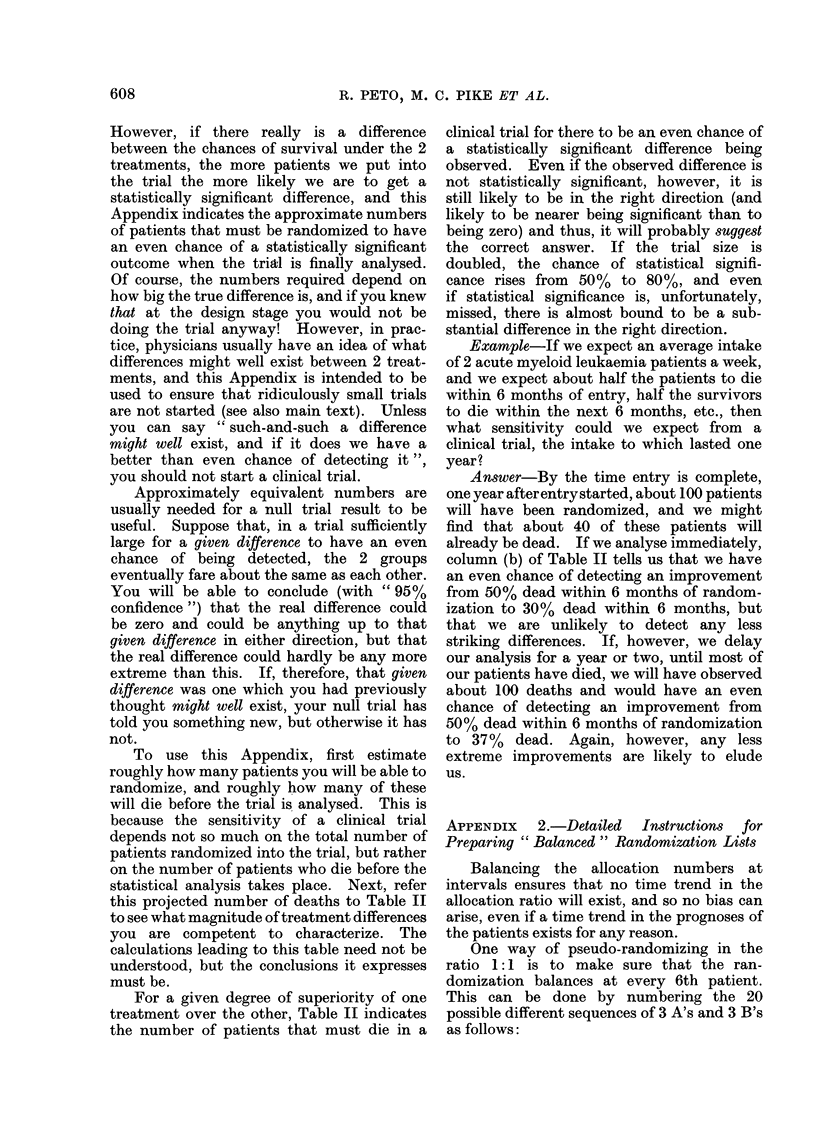
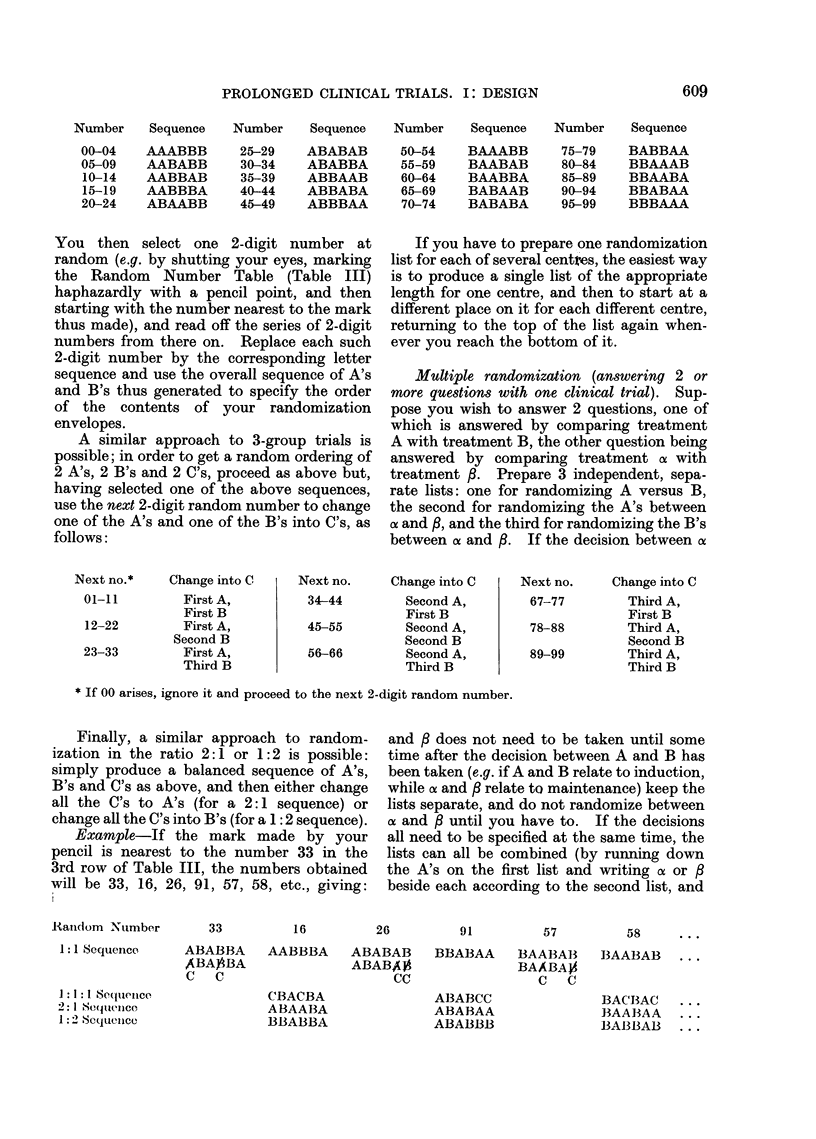
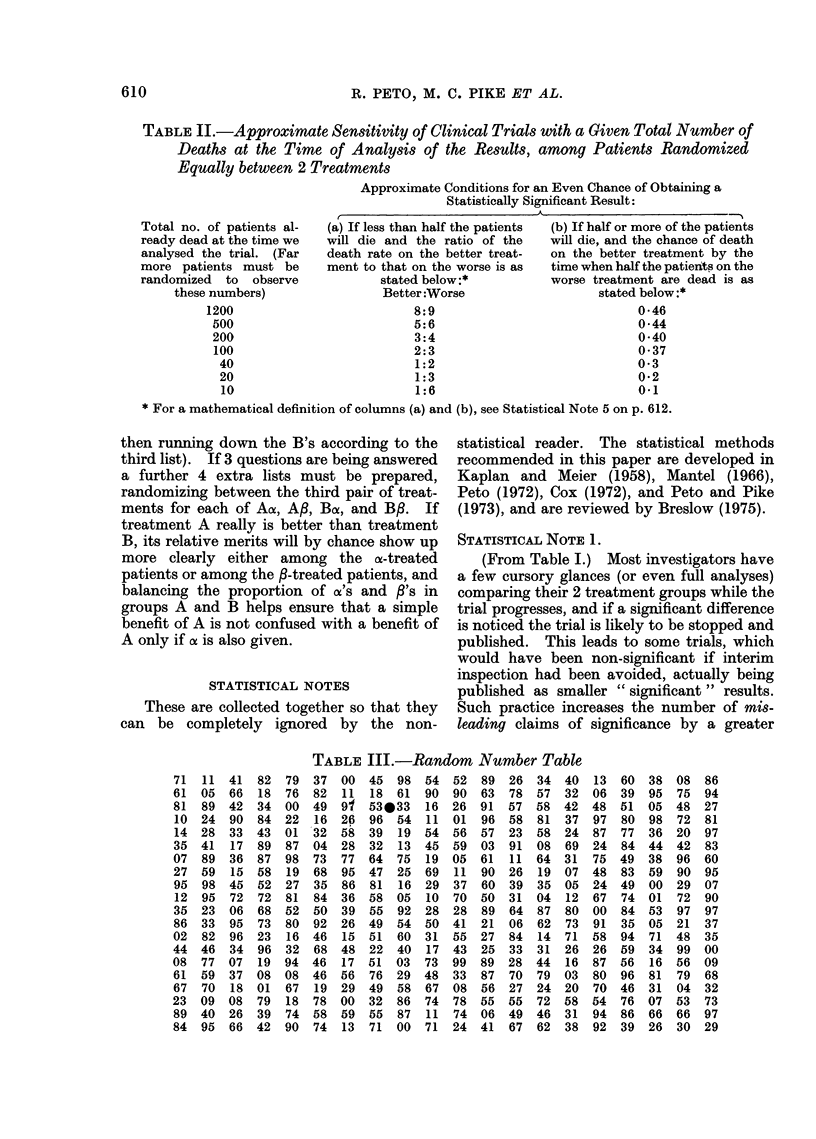
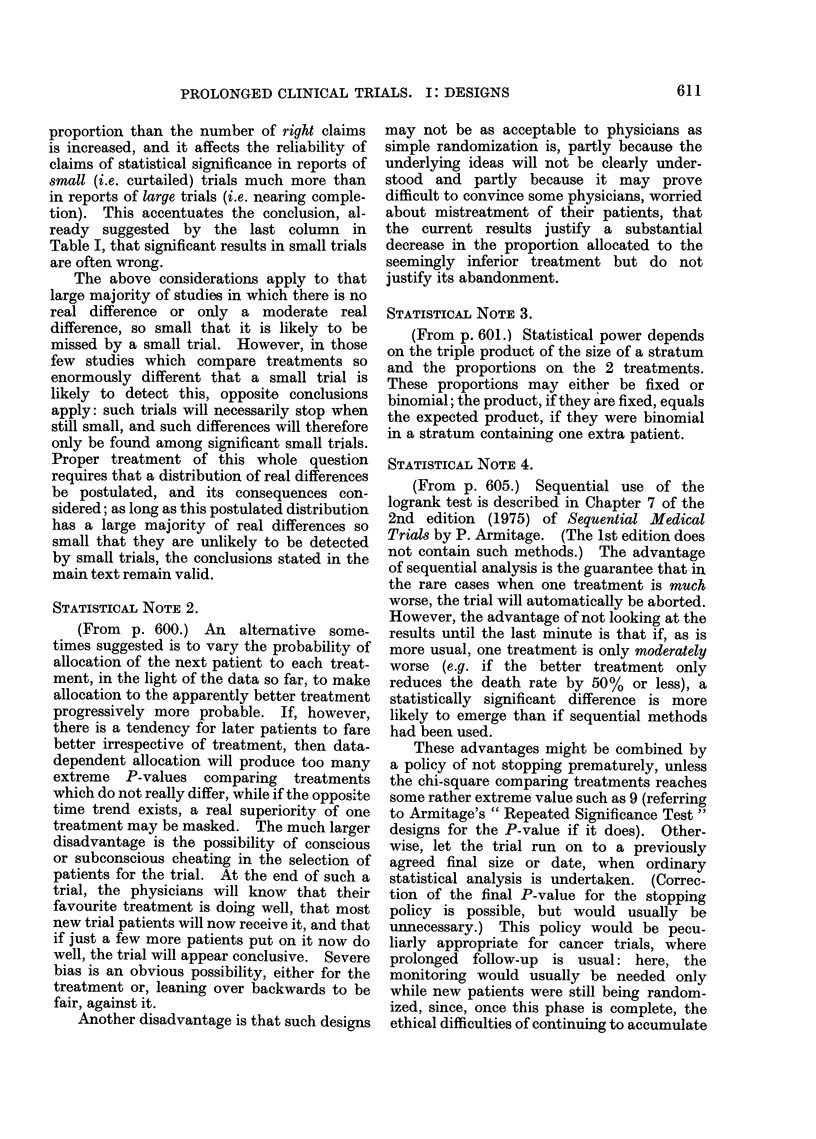
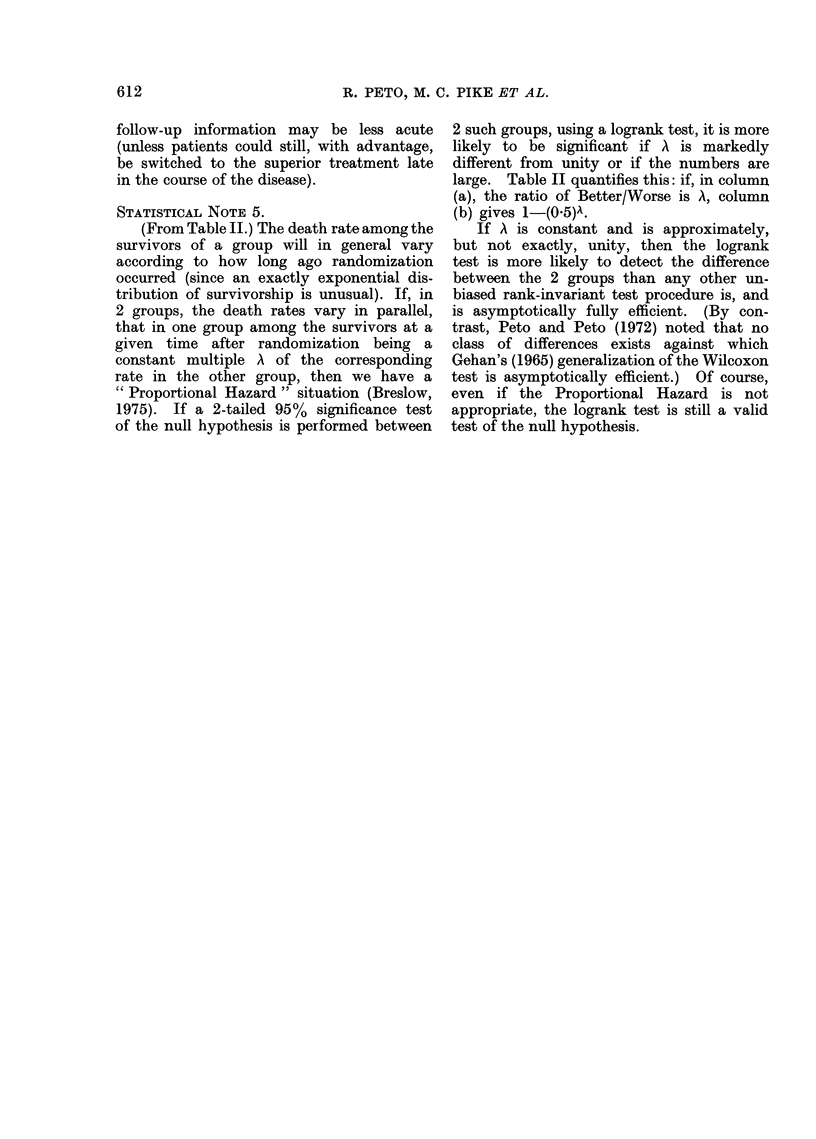
Selected References
These references are in PubMed. This may not be the complete list of references from this article.
- Byar D. P., Simon R. M., Friedewald W. T., Schlesselman J. J., DeMets D. L., Ellenberg J. H., Gail M. H., Ware J. H. Randomized clinical trials. Perspectives on some recent ideas. N Engl J Med. 1976 Jul 8;295(2):74–80. doi: 10.1056/NEJM197607082950204. [DOI] [PubMed] [Google Scholar]
- Chalmers T. C. Randomization of the first patient. Med Clin North Am. 1975 Jul;59(4):1035–1038. doi: 10.1016/s0025-7125(16)32001-6. [DOI] [PubMed] [Google Scholar]
- GEHAN E. A. A GENERALIZED WILCOXON TEST FOR COMPARING ARBITRARILY SINGLY-CENSORED SAMPLES. Biometrika. 1965 Jun;52:203–223. [PubMed] [Google Scholar]
- Mantel N. Evaluation of survival data and two new rank order statistics arising in its consideration. Cancer Chemother Rep. 1966 Mar;50(3):163–170. [PubMed] [Google Scholar]
- McPherson K. Statistics: the problem of examining accumulating data more than once. N Engl J Med. 1974 Feb 28;290(9):501–502. doi: 10.1056/NEJM197402282900907. [DOI] [PubMed] [Google Scholar]
- Peto R., Pike M. C. Conservatism of the approximation sigma (O-E)2-E in the logrank test for survival data or tumor incidence data. Biometrics. 1973 Sep;29(3):579–584. [PubMed] [Google Scholar]
- Willoughby M. L. Letter: Treatment of overt meningeal leukaemia. Lancet. 1974 Mar 2;1(7853):363–363. doi: 10.1016/s0140-6736(74)93125-0. [DOI] [PubMed] [Google Scholar]


